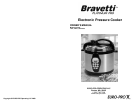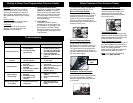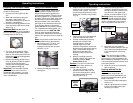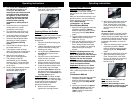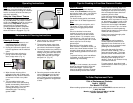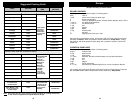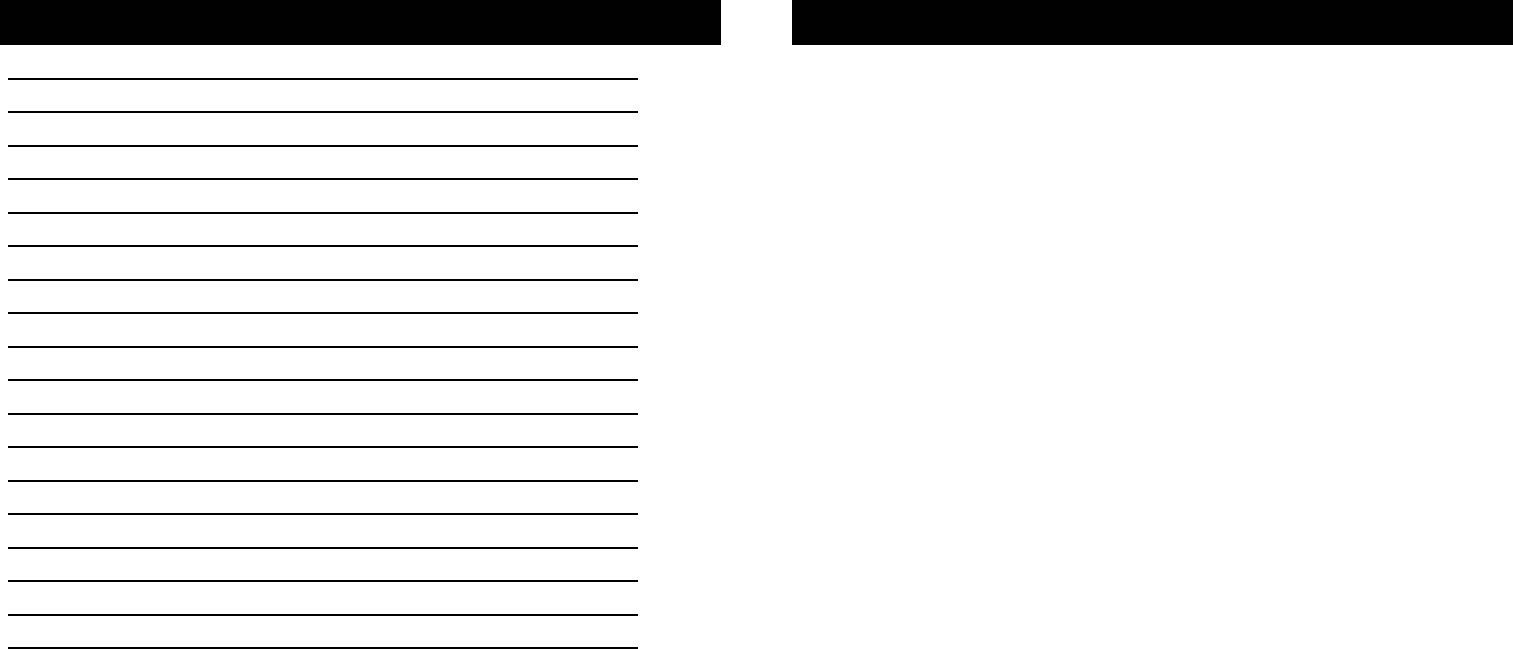
3
Table of Contents
Safety Instructions 1
Grounding Instructions 2
General Information for Cooking with Pressure Cookers 4
Getting to Know Your Programmable Pressure Cooker 5 - 7
Troubleshooting
7
Safety Features of Your Pressure Cooker
8
Preparing Your Pressure Cooker
9
Using Your Pressure Cooker
9 - 10
Cooking with Pre-Set Buttons
11
Cooking without Pre-Set Buttons
11
Releasing Steam Pressure
12
Using the “Keep Warm” Feature
13
Cleaning and Storage
13
Tips for Cooking with Your Pressure Cooker
14
To Order Replacement Parts
14
Suggested Cooking Guide
15
Recipes
16
Warranty
17
General Information for Cooking with Pressure Cookers
Q. What is pressure-cooking?
A.
Pressure cooking is a method of
cooking in a sealed pot that
does not permit air or liquids to
escape below a preset pressure.
The water's boiling point increases
as the pressure increases. The
pressure built up inside the cooker
permits the liquid in the pot to rise
to a temperature higher than
212°F (100°C) before boiling. The
higher temperature causes the
food to cook faster.
Q. What are the advantages of
pressure cookers?
A.
Pressure cookers offer a
convenient and quicker method of
cooking other than cooking on a
regular stove top or oven.
Q. What happens when the
cooker heats up?
A.
The body of your pressure cooker
is made of metal. Heat makes
metal expand. When using the
pressure cooker for browning,
allow the pressure cooker to cool
slightly before placing the cover
onto the pot and locking it in place.
Q. What if I am cooking at higher
altitudes?
A. When you cook at higher altitudes
the cooking time must be
increased slightly. To adapt the
recipes for pressure-cooking,
increase the cooking time by 5%
for every 1,000 feet above a 2,000
foot elevation.
Q. What kind of liquids are
suitable for use in a pressure
cooker.
A.
Any liquids that contain water such
as beer, wine, meat or vegetable
stocks, vegetable juices and fruit
juices.
Q. What type of liquids SHOULD
NOT be used in a pressure
cooker?
A.
Any liquid that does not contain
water such as oils or oil-based
marinades and/or dressings. Milk
and milk-based foods and sauces
or liquids should not be used, as
they will foam when boiling. These
liquids should be added after the
pressure cooking process is
completed and the cooker is
opened.
4



